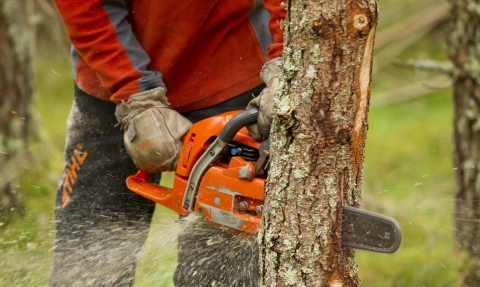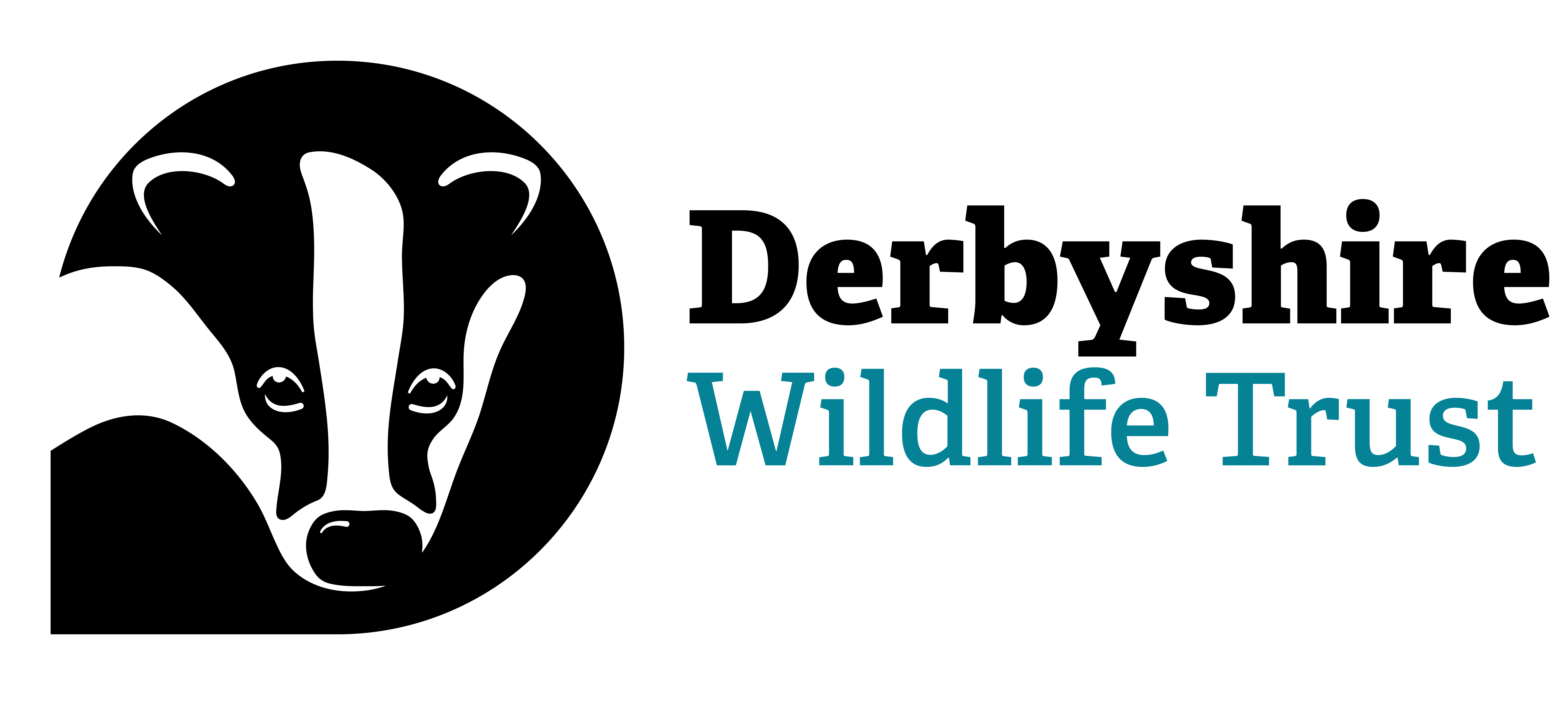
Chainsaw, Mark Hamblin 2020 Vision
We'll help with all things trees
We offer a range of tree services for individual landowners to large Councils and Commercial companies. These include:
Woodland Management plans
Managing your woodland long-term can benefit your business, the environment and your community. Managed woodlands are also likely to be more resilient. A woodland management plan gives land owners a structured way to organise the sustainable management of woodlands to benefit wildlife and secure the future for any woodland business.
Tree pruning
Trees need to be managed by formal pruning when young. If this has not happened you may need remedial work to be carried out to prevent future damage and promote healthy growth in your trees.
Woodland thinning
The UK is one of the least wooded parts of Europe, and much of the woodland we have is unmanaged. Thinning can provide essential gaps in the canopy that allows light to reach the woodland floor, allowing ground flora and understorey trees to grow. This leads to a healthy woodland with plants growing on all levels.
Tree removal
Sometimes trees may need removing for a variety of reasons, from being diseased to causing damage to properties. We do not encourage unnecessary removal of trees, and can offer the best advice to prevent loss of wildlife habitat.
Crown reductions
This is the reduction in height and/or spread of the crown of a tree. Crown reduction may be used to reduce mechanical stress on individual branches or the whole tree, make the tree more suited to its immediate environment or to reduce the effects of shading and light loss, etc. The final result should retain the main framework of the crown, and so a significant proportion of the leaf bearing structure, and leave a similar, although smaller outline, and not necessarily achieve symmetry for its own sake. No more than 30% of the crown of the tree should be removed at any one time to prevent stress on the tree.
Crown thinning
Crown thinning is the removal of a portion of smaller branches, usually at the outer crown, to produce a uniform density of foliage around an evenly spaced branch structure. It is usually confined to broad-leaved species. Crown thinning does not alter the overall size or shape of the tree. Material should be removed systematically throughout the tree, should not exceed the stated percentage and not more than 30% overall. Common reasons for crown thinning are to allow more light to pass through the tree, reduce wind resistance, and reduce weight.
Deadwood removal
Deadwood can be an important feature for a wide range of different insects and can be an indicator of a veteran tree. If the deadwood is in a tree overhanging a public or parking area it may need removing. Different species of tree have different strengths of deadwood which may remain safely in a tree canopy for many years.
Dismantling
This is carefully removing branches from a tree in a controlled way, and either allowing them to free-fall or lower them using ropes and pulleys. This may be necessary if a tree is in a difficult location adjacent to a house or driveway for example.
Pollarding
Pollarding is a tree management method that involves cutting the branches of a tree above a certain height (2-3 metres). Removing the upper branches keeps part of a mature tree in a juvenile state, and shoots form from the cut branches. This method of management should not be carried out on mature trees as it has a large physiological effect on the tree, pollarding should be carried out as soon as a young tree reached the desired height. Re-pollarding should be carried out every 1-2 years.
Coppicing
Coppicing is an ancient method of managing woodlands to encourage trees to produce a wide range of different timbers for different uses. These range from ship building to fence making. It involves cutting the main stem of a tree at the bottom. This encourages multi-stemmed re-growth which should be cut on a cycle every few years. This is an excellent way of managing a woodland for the benefit of wildlife.
Stump grinding
This involves mechanically removing the whole of a stump following the felling of a tree.
Get in touch
If you would like to discuss your ecological or land management requirements, get in touch with us today:
Call 01773 881188 alternatively email ecoservices@derbyshirewt.co.uk or complete the form below to get a quote.
